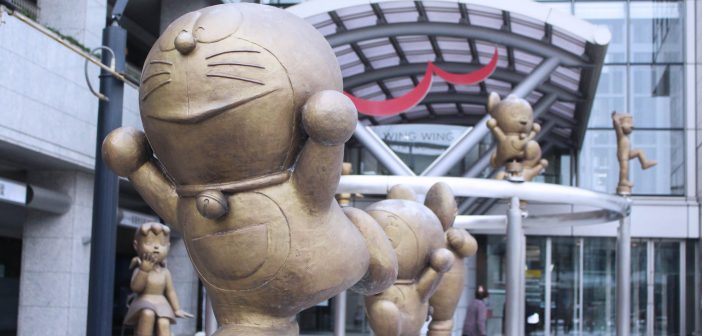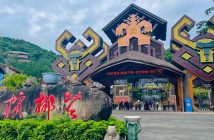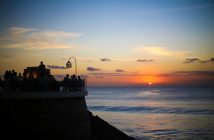You probably know someone who have been to Japan. After all, it is one of the most popular Asian destinations. Typically, the country known for its cherry blossoms has in the past come across as an expensive tourist destination, but all that is about to change with the Takayama Hokuriku Area tourist pass from Japan Rail (JR).
If you have already gone to the mainstream cities the likes of Tokyo and Osaka, you might want to consider Central Japan for your next holiday. Amongst numerous reasons to visit Central Japan, the biggest draw is the cost-efficient JR pass. Besides offering tourists unlimited rides on JR trains across prefectures – Gifu, Toyama, Ishikawa and Fukui – the five-day consecutive pass allows travellers to explore some of the most captivating spots in Japan.
Still not convinced? We offer you 15 reasons why you should book that air ticket to Central Japan, pronto.
-
Takayama-Hokuriku Tourist Pass by Japan Rail

The Takayama-Hokuriku Area Tourist Pass looks like this, with a reserved train ticket at the bottom.
On this pass, you can find yourself unlimited rides on JR conventional lines running between Nagoya, Gero, Takayama and Toyama, and linking Kansai International Airport, Osaka City area, Kyoto, Fukui, Kaga-Onsen and Kanazawa. Train rides on the “Hokuriku Shinkansen” (on non-reserved seats) running between Kanazawa and Toyama are also available. What’s more these cost only 14,000 yen (about S$178.00) – a steal considering the extensive coverage of places.
More details on the pass can be found here. For Singapore-based visitors, you can even purchase your JR Pass from Changi Recommends.
2. Shirakawa-go (UNESCO World Heritage Site)
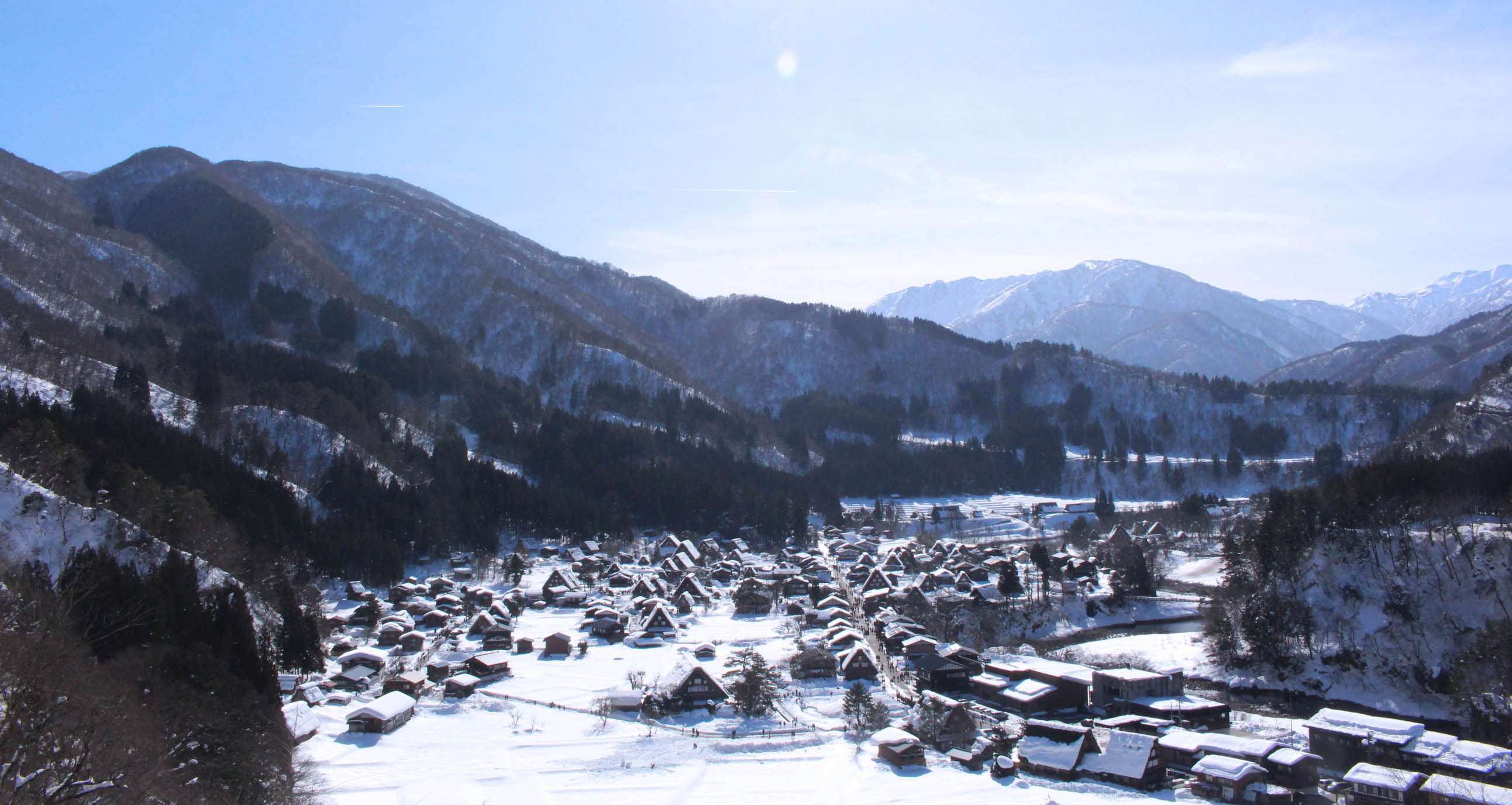
The view atop the observatory deck set against the snow-covered alps will leave you in awe.
Hailed as the holy grail amongst must-go destinations in Japan, the village of Shirakawa-go in Gifu Prefecture lives up to its title of a an UNESCO World Heritage Site since 1995. The traditional Gassho-style houses seen here are few and far between in the whole of Japan – making it all the more alluring for one to visit this cultural site.
3. Gokayama (UNESCO World Heritage Site)

Almost a sight too breath-taking to behold, the Sho River is set against the backdrop of such beautiful mountainous terrains draped in blankets of snow.
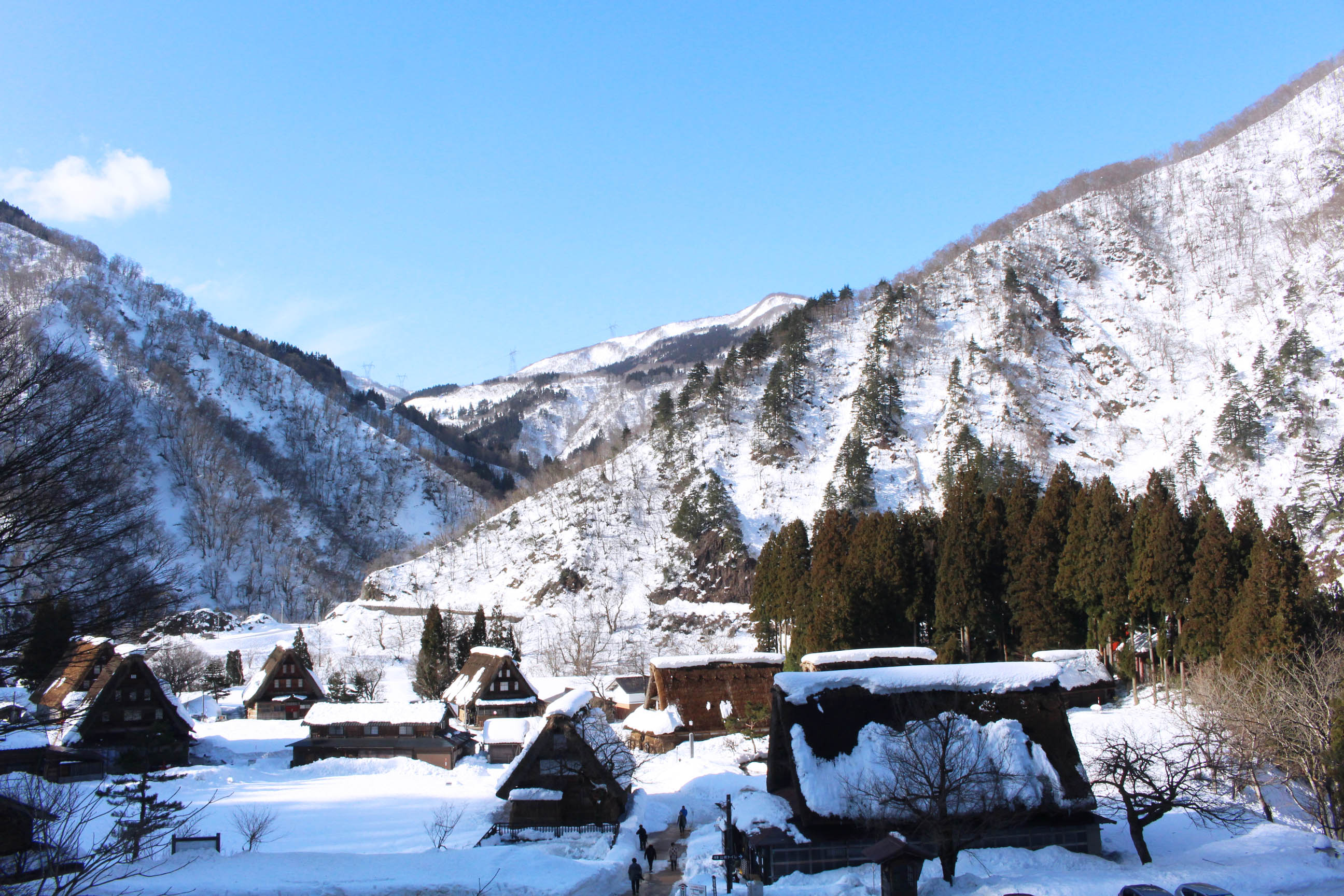
It’s no coincidence the historic village of Gokayama is inscribed as a UNESCO World Heritage Site.
If you think Shirakawa-go is as breathtaking as Central Japan can get, wait till you see Gokayama in Nanto City, Toyama Prefecture. This historic village conserved since 1995 is also situated along the picturesque Sho River that begins in Gifu Prefecture. There are even unlimited rides on buses, making it convenient for visiting the aforementioned World Heritage listed sites with the Takayama-Hokuriku JR pass.
4. Tojinbo Cliffs

Be held in reverie as you stand atop these cliffs overlooking the Sea of Japan.
This sightseeing spot in Fukui prefecture easily strikes us as one of the most riveting tourist attractions with its unparalleled beauty. With the waft of the sea breeze against our faces on the cusp of the cliffs, our senses were soothed just by being at this wonder of nature.

We couldn’t help but to appreciate the gifts of Nature – the rugged cliffs carved out from the billowing waves.
After the infamous “Aokigahara” or “Suicide Forest” at the foot of Mount Fuji, Tojinbo Cliffs at Fukui Prefecture is the second-most popular destination where individuals commit suicide. As macabre as this may sound, it still doesn’t draw us away from the marvel of this natural landmark. After all, Fukui is ranked the happiest place in Japan.

This phone booth near the cliffs, serves as a last-ditch effort to prevent suicide as it connects callers to a suicide prevention hotline manned by volunteers.
5. Japanese Fine-Dining at Kaikatei

Foodies won’t want to miss this scrumptious lunch course menu at Kaikatei.
By far, none of the meals we have had in Japan is disappointing and this is likewise. We savoured an authentic and traditional Fukui cuisine at this upscale restaurant designed by famed architect Kengo Kuma, to whom we owe the design of Tokyo 2020 Olympics stadium. Does it get any better than this?
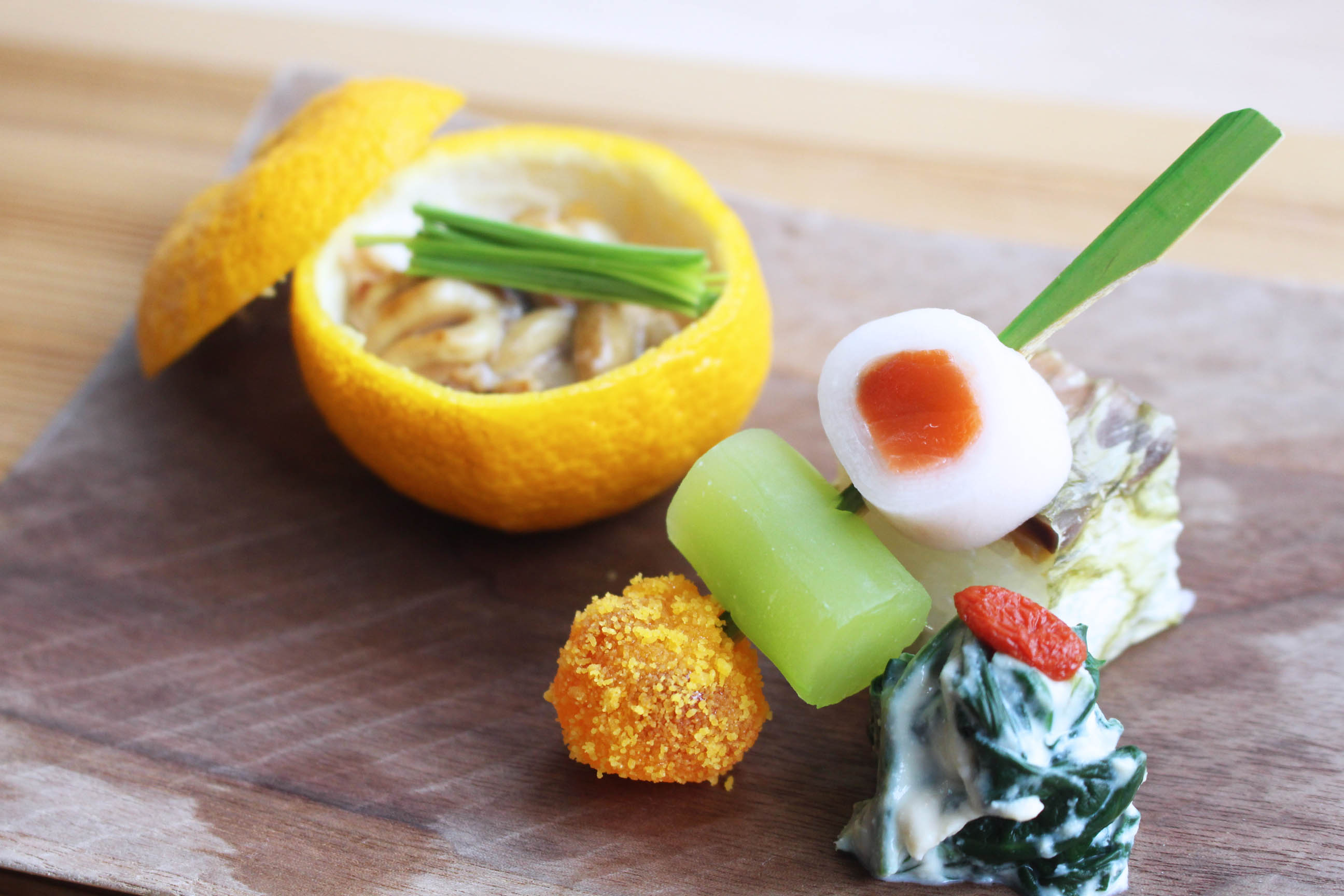
The grilled milt – a rare and expensive ingredient in Japanese cuisine – is so juicy and palpable we wanted a second helping so badly.
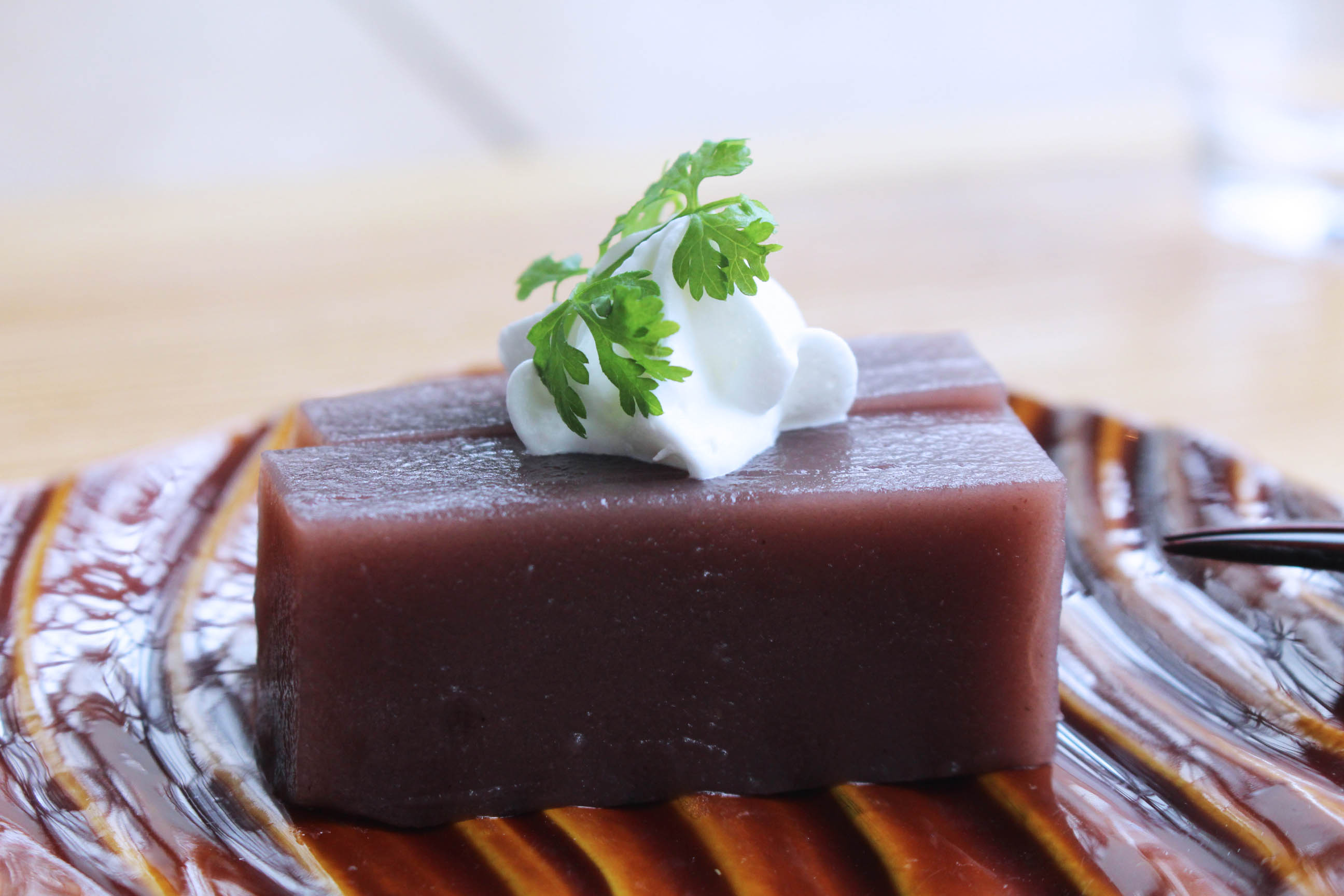
Our lunch ended on a high and sweet note with this Mizu-yokhan, or Azuki Jelly.
Do remember to call for reservations as the restaurant has a small seating and parking capacity.
Kaikatei, 3 Chome−9−21,Fukui-shi, Chūō, Fukui-ken, Japan 910-0006 | Lunch: 11.30am to to 2pm; Dinner: 5.30pm-10pm | www.kaikatei.biz/sou-an_en/
6. 21st Century Museum of Contemporary Art, Kanazawa
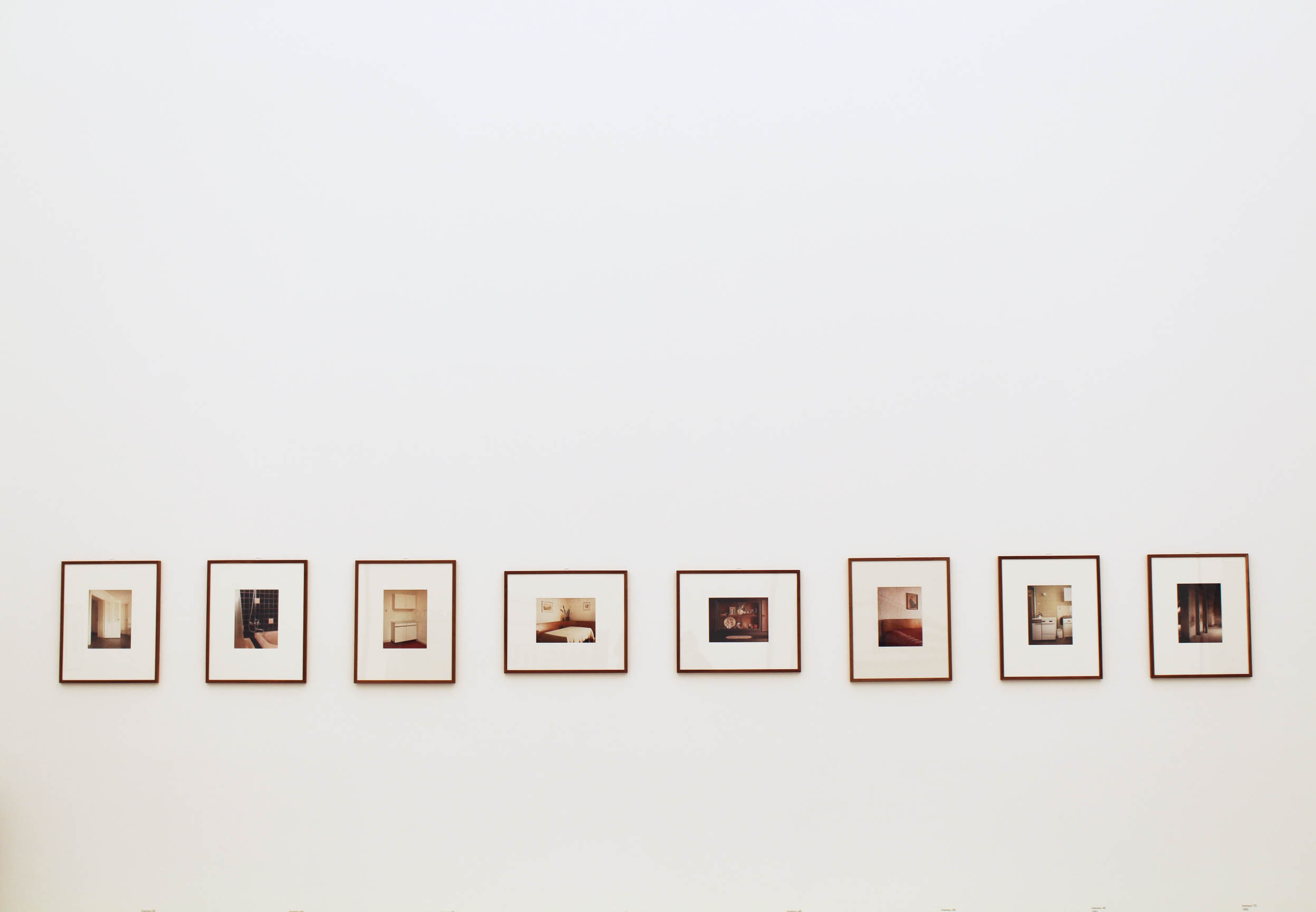
If browsing through galleries of aesthetic and artistic photography is your thing, this is the go-to place for you.
The 21st Century Museum of Contemporary Art, Kanazawa has pulled out all stops, in pursuit of being at the heart of the art scene in the region. This museum features a wide-ranging array of modern art works curated from various top-notch artists who push the envelopes of modern art. Admission to the Public Zone is free while a ticket needs to be bought before accessing the Exhibition Zone.
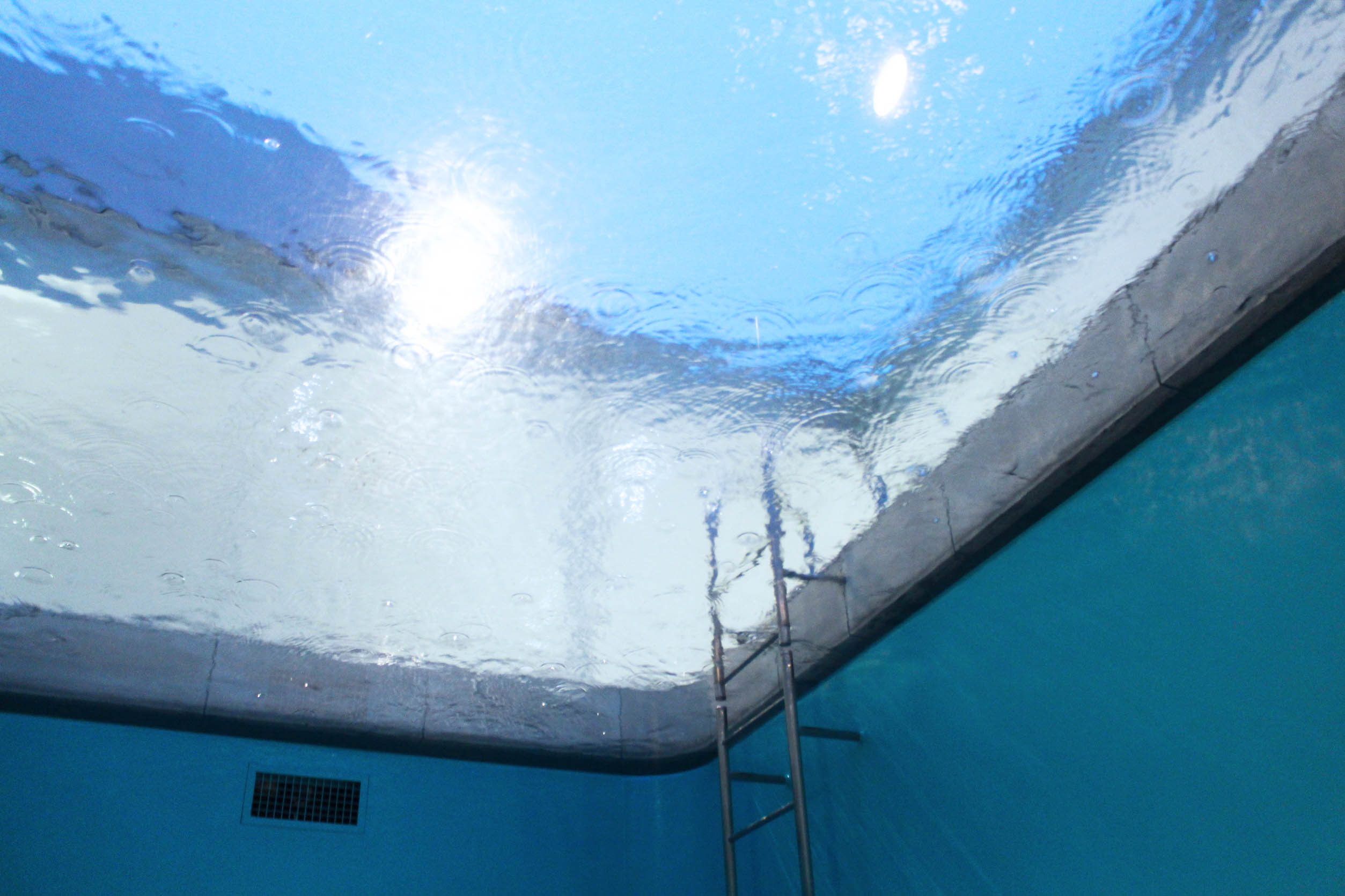
Watch out for this world-renowned installation exhibited at this museum – the one and only in the whole world.
Argentinian artist, Leandro Erlich pulled the wool over our eyes – with a swimming pool that turned out to be an optical illusion. On the first look from above, this art installation is no different from a swimming pool. Upon a closer look and going beneath it, we realised that the “pool is in fact just a water surface. We got to admit that this is indeed a thought-provoking and brilliant piece of work.
21st Century Museum of Contemporary Art, Kanazawa, 1-2-1 Hirosaka, Kanazawa City, Ishikawa, Japan 920-8509
7. Authentic Japanese stay at Ryokan Suimeikan with Gero Onsen
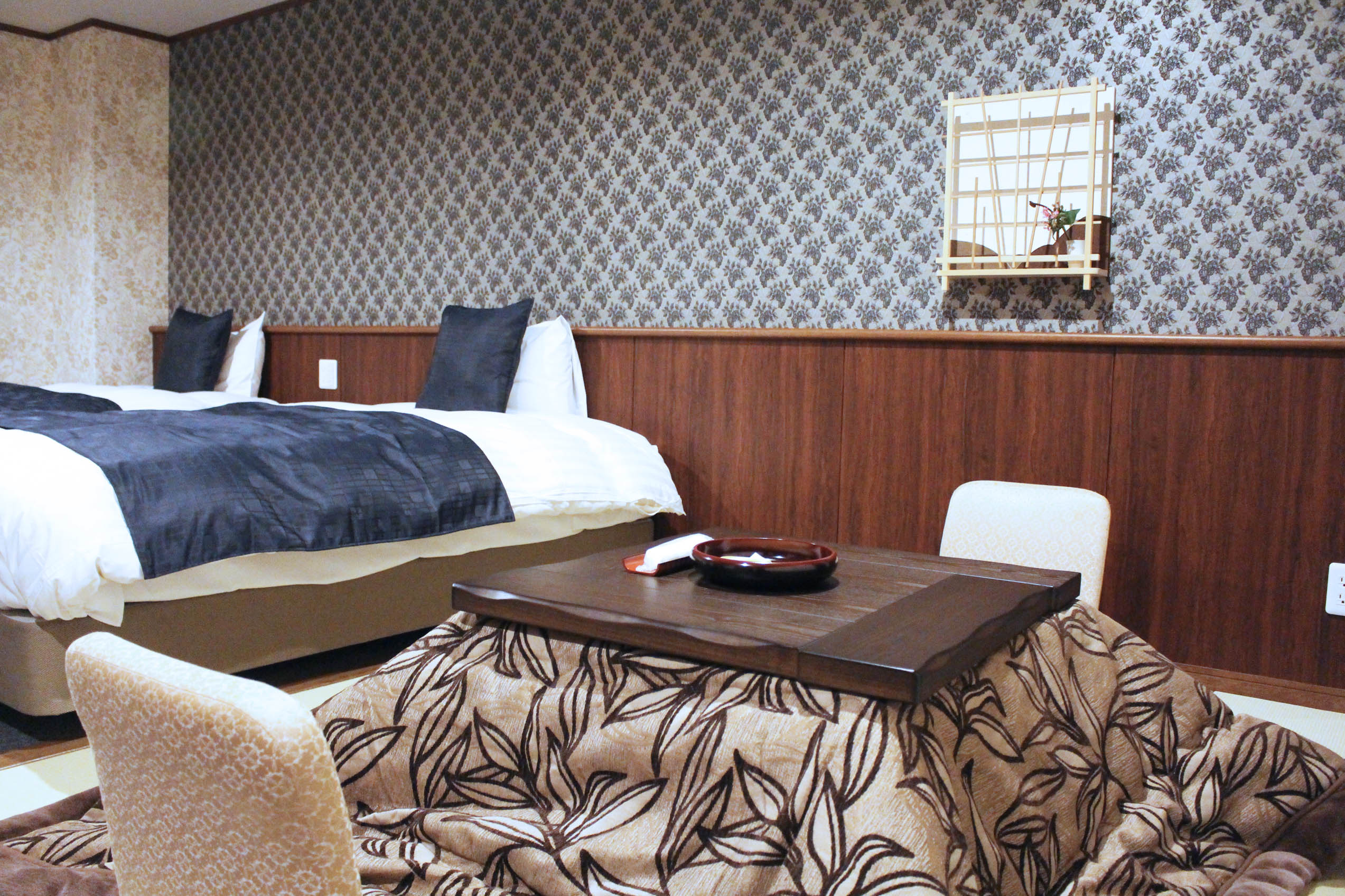
This newly refurbished room at Suimeikan combines elements of both the East and West for guests who prefer sleeping on beds.
Travellers who are familiar with the Japanese way of living would have heard of Suimeikan – that is a hot favourite with the locals – and certainly the place to go for the quintessential Ryokan (a traditional Japanese inn) stay. Until you’ve tried the Gero Onsen – one of Japan’s three famous onsens – here, you haven’t experienced the bona fide Japanese ryokan experience.

Expect course after course of food at a Japanese-style banquet dining where all guests have to be dressed in yukata – a light cotton kimono.

There is always room for a sweet little treat despite how full we were after several courses.
Suimeikan, 1268 Koden, Gero-shi, Gifu, Japan 509-2206 | Tel: + 81 0576 25 2800 | www.suimeikan.co.jp/english/index.html
8. Takaoka Mountain Zuiryuji Temple

The Zuiryuji temple is also the family temple of feudal Lord Maeda, a paramount figure in the history of the city of Takaoka.
History buffs would relish visiting the Zuiryuji Temple in Takaoka, Toyama Prefecture for its rich history and intricate architecture. This temple houses one national treasure, Butsuden – a temple within the Zuiryuji temple arrangement – that has an exquisite interior and a statue of Buddha that is more than 300 years old.
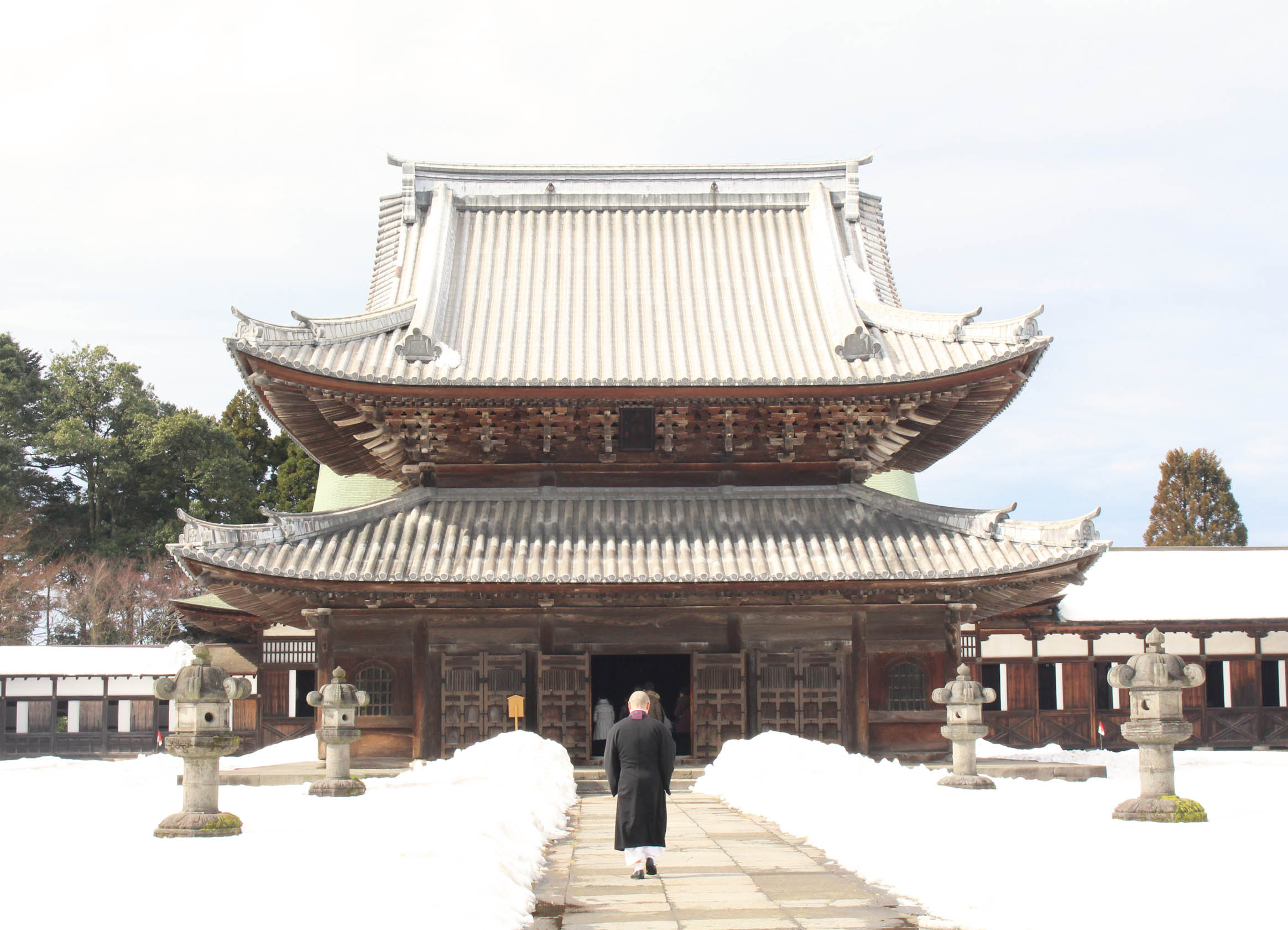
We can’t help but feel as though we have transcended through time into another era upon entering the temple.
Takaoka Mountain Zuiryuji Temple, 35 Sekihonmachi, Takaoka 933-0863, Toyama Prefecture | Opens 9am to 4.30pm daily
9. Gyokusen’inmaru Garden

The view from the Gyokusen’an Rest House in the garden is equally enchanting at night as it is in the day.
As with other historical landmarks in the city of Kanazawa, the Gyokusen’inmaru Garden has a history that goes way back to 1634. This very garden is also touted as the first of its kind for its stonewalls – unheard of in that era. Entry to the garden is free and the garden is illuminated from sunset till 9pm every Friday, Saturday and eve of public holidays.
Kanazawa Castle Park (Gyokusen’inmaru Garden), Marunouchi, 1−1, Kanazawa, Ishikawa Prefecture, Japan, 920-0937 | www.pref.ishikawa.jp/siro-niwa/kanazawajou/e/index.html
10. Fujiko F Fujio Doraemon Museum

Bronze statues of Doraemon and his entourage at this Doraemon Walkway in WINGWING Takaoka Hiroba Park evokes nostalgia.
Unbeknownst to many of us, Takaoka is the hometown of Fujiko F Fujio – whose real name is Hiroshi Fujimoto – who is the manga artist most known for his Doraemon manga. In this city, there is an art gallery dedicated solely to his biography and many of his representative works since his early days and throughout his years of being an illustrator. A special and temporary exhibition of his works would run from time to time, so each time you return, it’s a breath of fresh air.

Catch a glimpse of the original hand-drawn coloured copy by Fujiko Fujio, the very artist who is well known for his Doraemon works at his eponymous art gallery.
Fujiko F Fujio Hometown Art Gallery , 2F, Takaoka Art Museum, 1-1-30 Nakagawa, Takaoka-shi, Toyama-ken, 933-0056, Japan | Tel: +81 (766) 20-1170 | Opens from 9.30am to 5pm daily except Mondays | fujiko-artgallery.jp
11. Fukumitsuya Sake Brewery
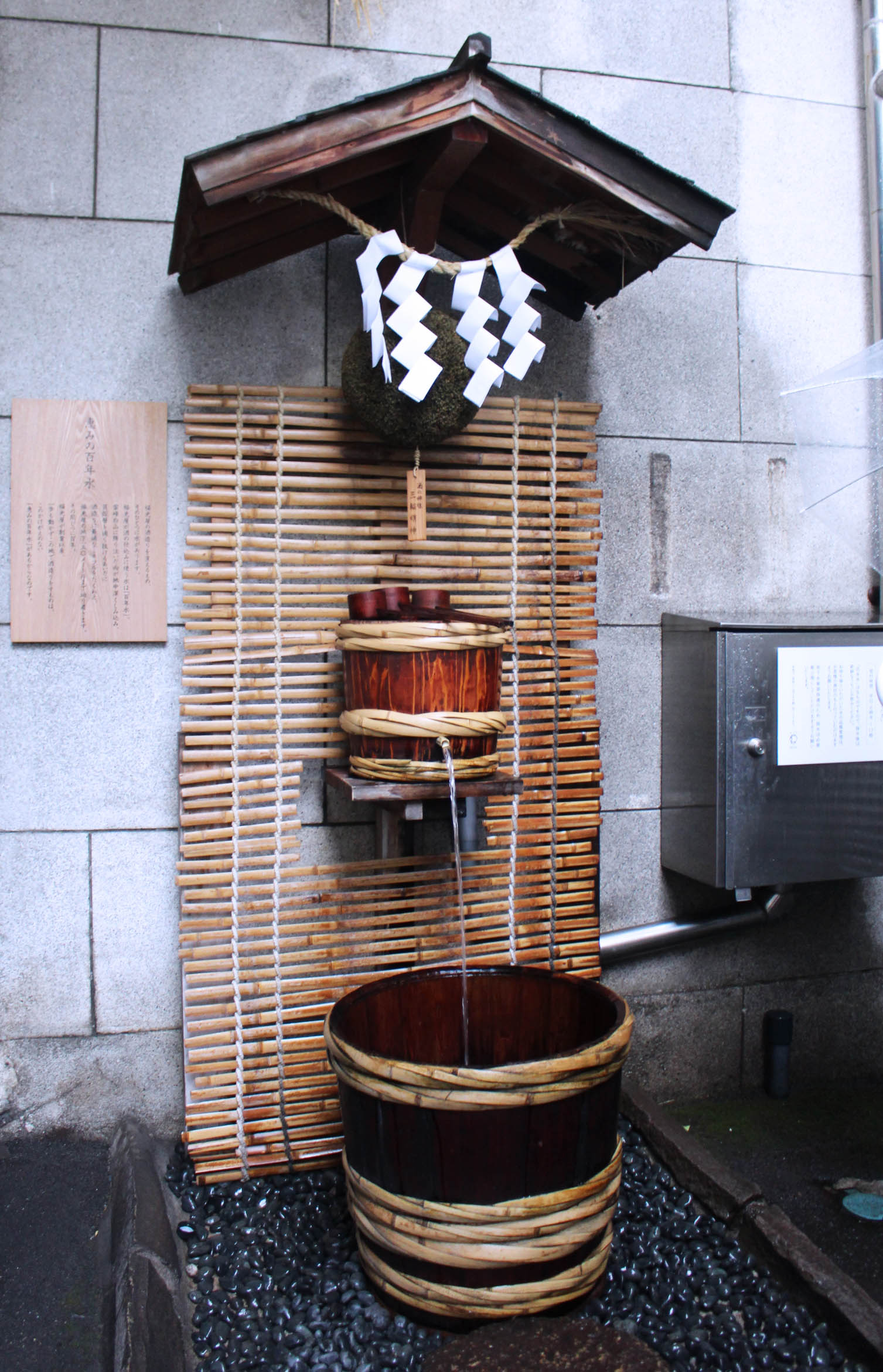
Fukumitsuya Sake Brewery uses natural mineral water in its highly controlled process of brewing sake – so natural that it’s drinkable from the tap.
Founded in 1625, this sake brewery house has a long history in the city of Kanazawa. Back then, toji, the Japanese title given to the master sake brewer, is a revered and prestigious one. After the guided tour, we appreciated the complex brewing process more, as there is indeed an art to the brewing of sake.
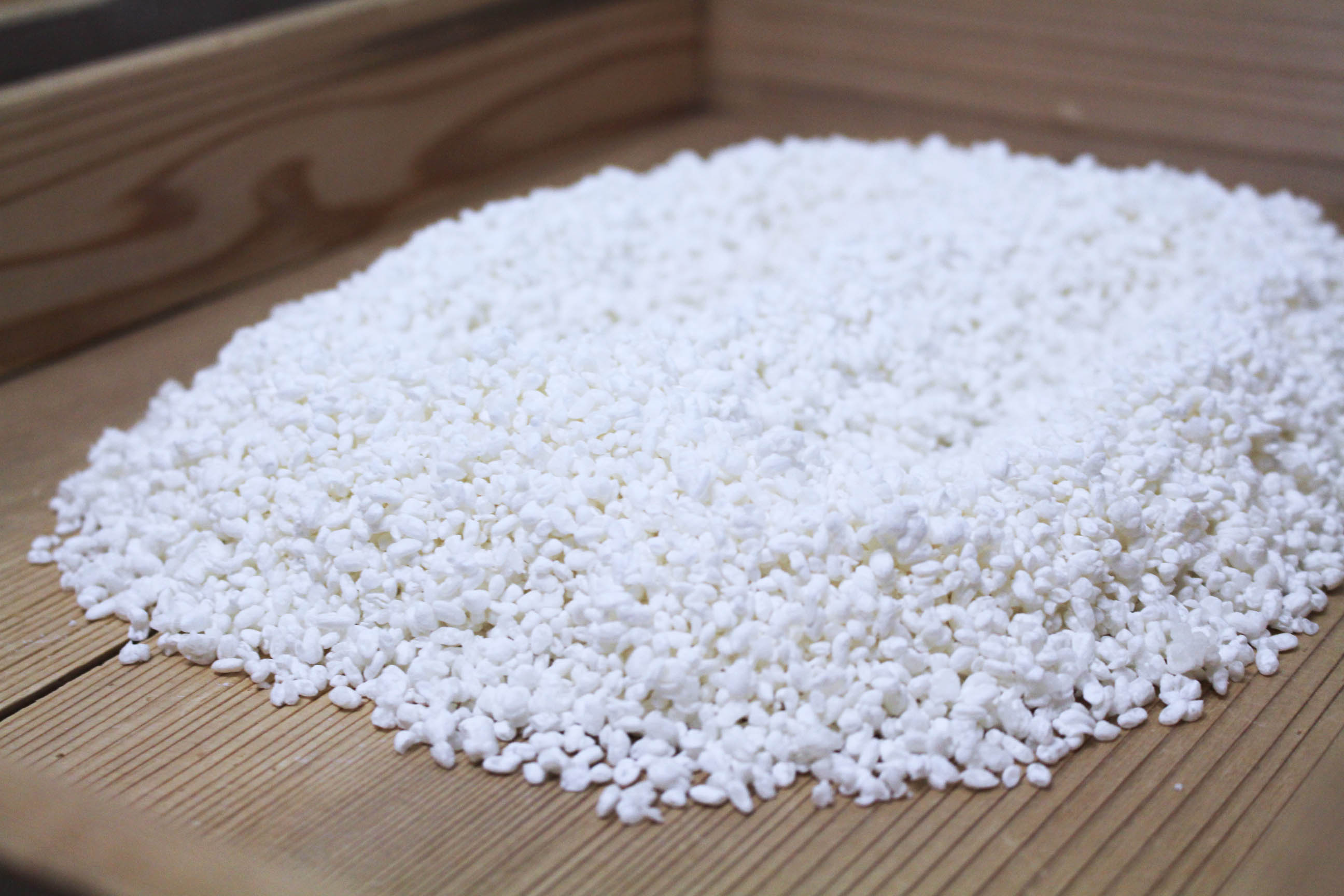
The making of Koji – steamed rice inoculated with Koji mold – takes a considerable amount of efforts and precision as it is one of the most important procedures in making sake.
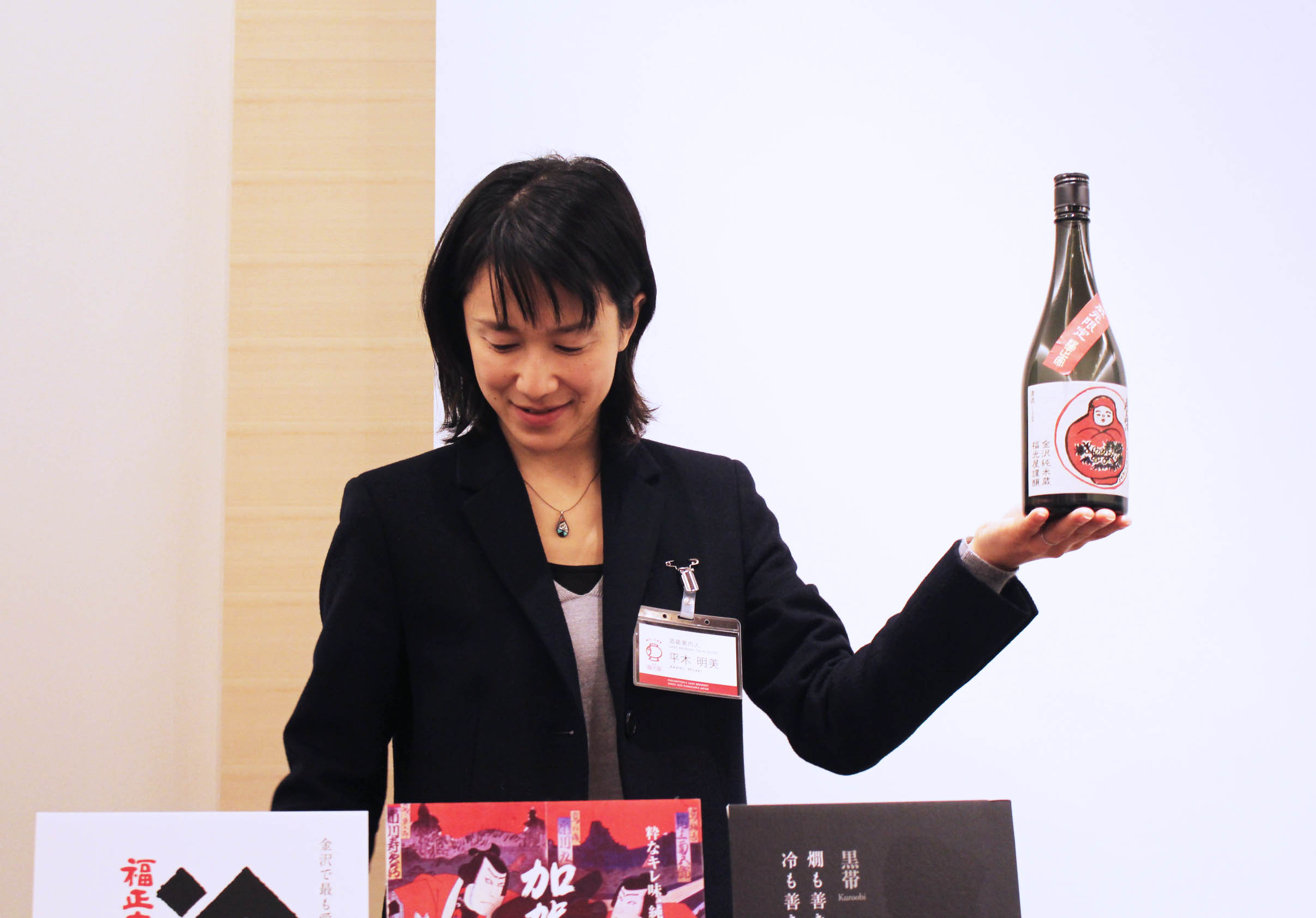
This limited edition of sake makes an ideal gift or souvenir for your loved ones back home.
If you purchase the brewery’s limited-edition bottle of sake, alongside another two bottles, the brewery even offers a free delivery service to your last hotel before your flight home. Talk about a hands-free shopping experience. The guided tour runs for 1.5 hours from 3pm daily except for Wednesday and Sunday). Reservations are mandatory.
Fukumitsuya Sake Brewery, 2-8-3 Ishibiki Kanazawa Ishikawa, Japan 920-8638 | www.fukumitsuya.co.jp
12. Marouko Castle

Maruoka Castle is an enduring historical landmark that has stood the hands of time by being the oldest of its kind in Japan.
Touted as the oldest castle in the whole of Japan, Maruoka Castle in Fukui Prefecture overlooks a spectacular view of the city of Sakai. As one of the cultural properties preserved in Japan, there is much history to this castle that was built in 1576. You can even walk through a timeline of its beginnings and milestones within a small exhibition in the castle.
Maruoka Castle, Maruokacho Kasumicho, 1-59, Sakai, Fukui Prefecture, 910-0231 Japan | Opens 8.30am to 5pm daily
13. Omicho Food Market
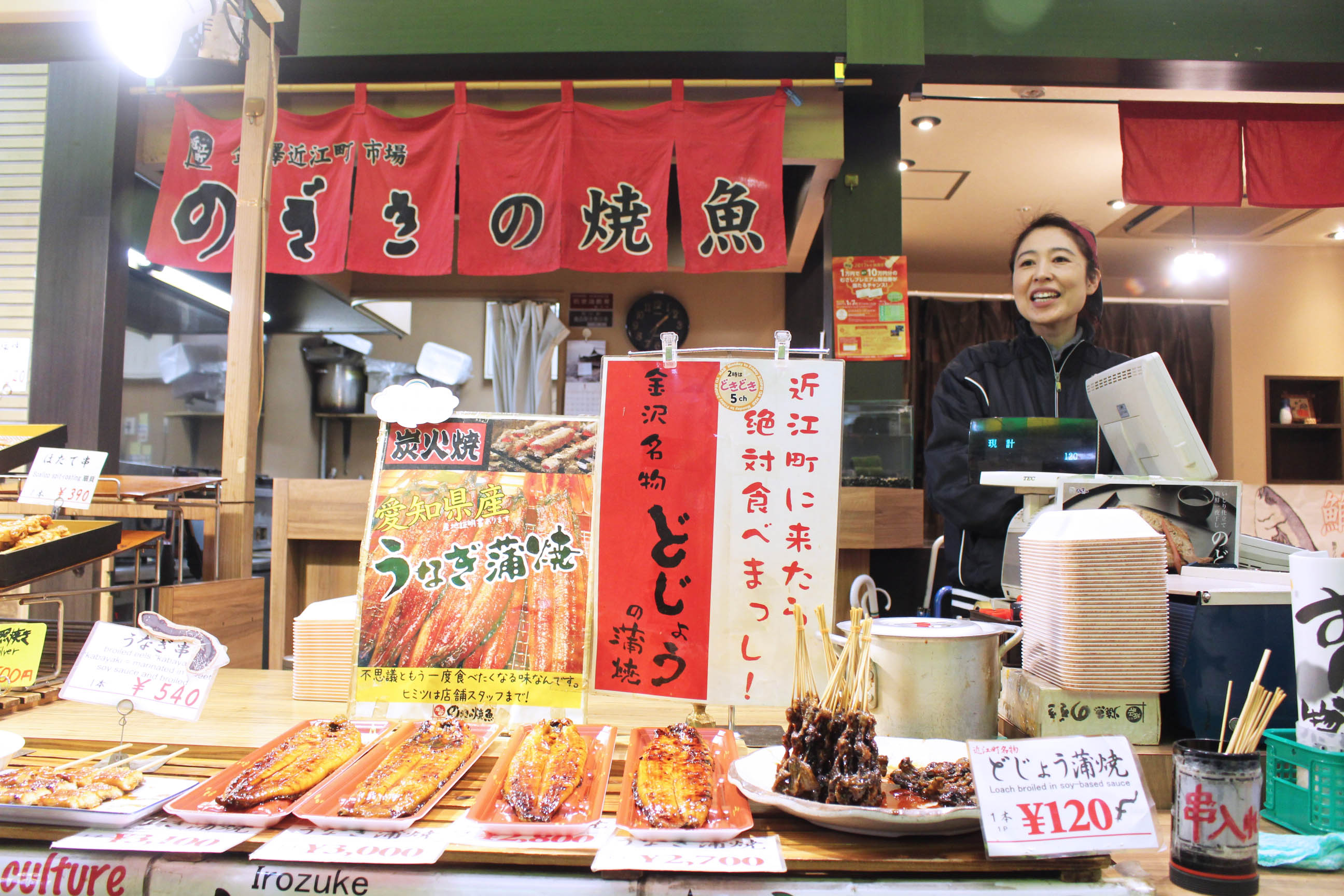
Be greeted by countless vendors touting some of the freshest and most delectable street delicacies at Omicho market.
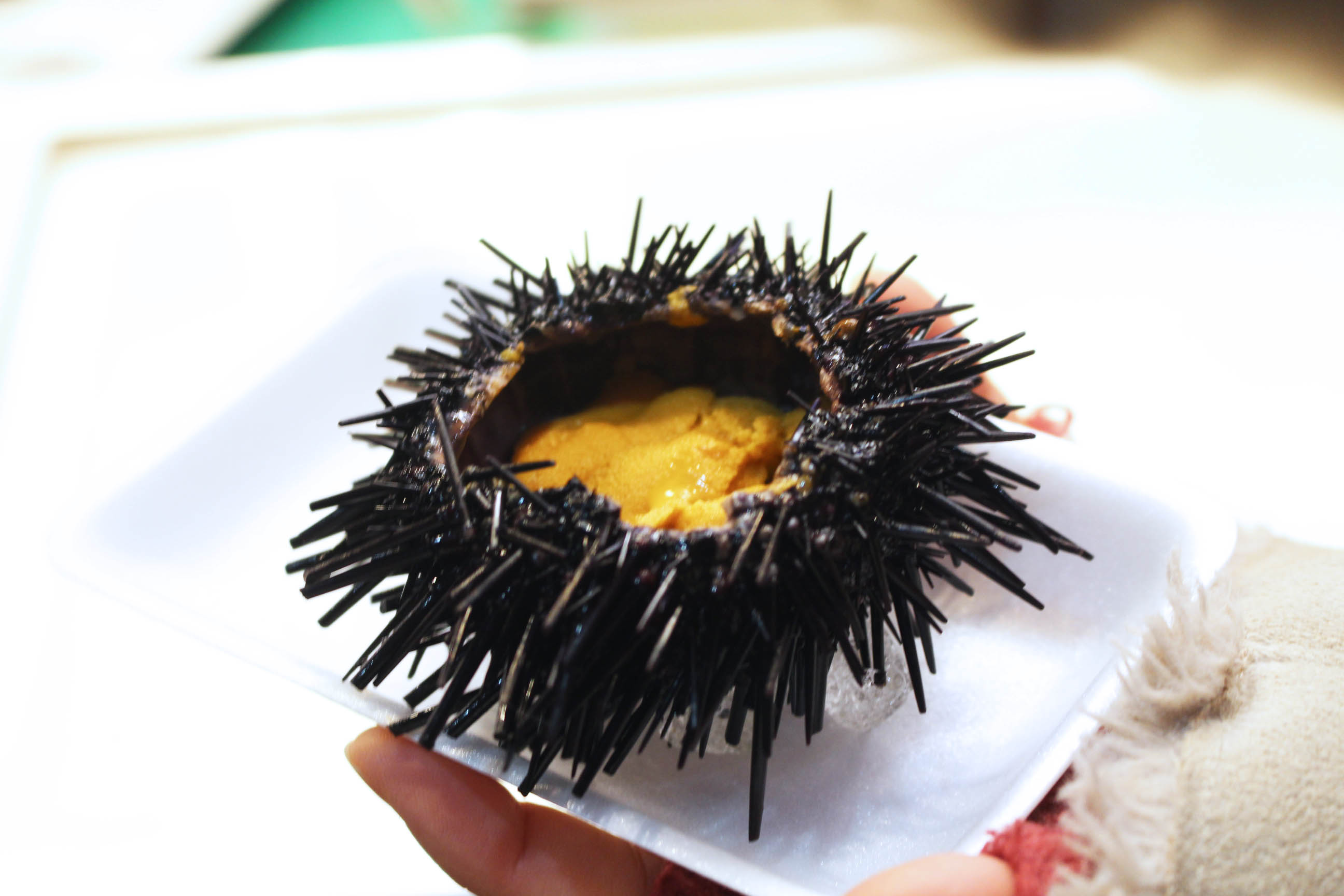
You can get a pretty huge sea urchin for only 500 yen (about S$6.80) that is considered quite a steal.
If you are a fan of street food as well as fresh seafood, you can’t miss Omicho market, which is popular amongst locals and tourists alike. Almost anything and everything can be found here – there is a diverse range of dried food, produce, fruits and seafood all in one place. We have also come across some gigantic oysters that were even bigger than our palms.
Omicho Market, Kamiomicho, Kanazawa, Ishikawa Prefecture 920-0905 Japan | Opens 8.30am to 5pm daily except Sunday
14. Conveyor Belt Sushi
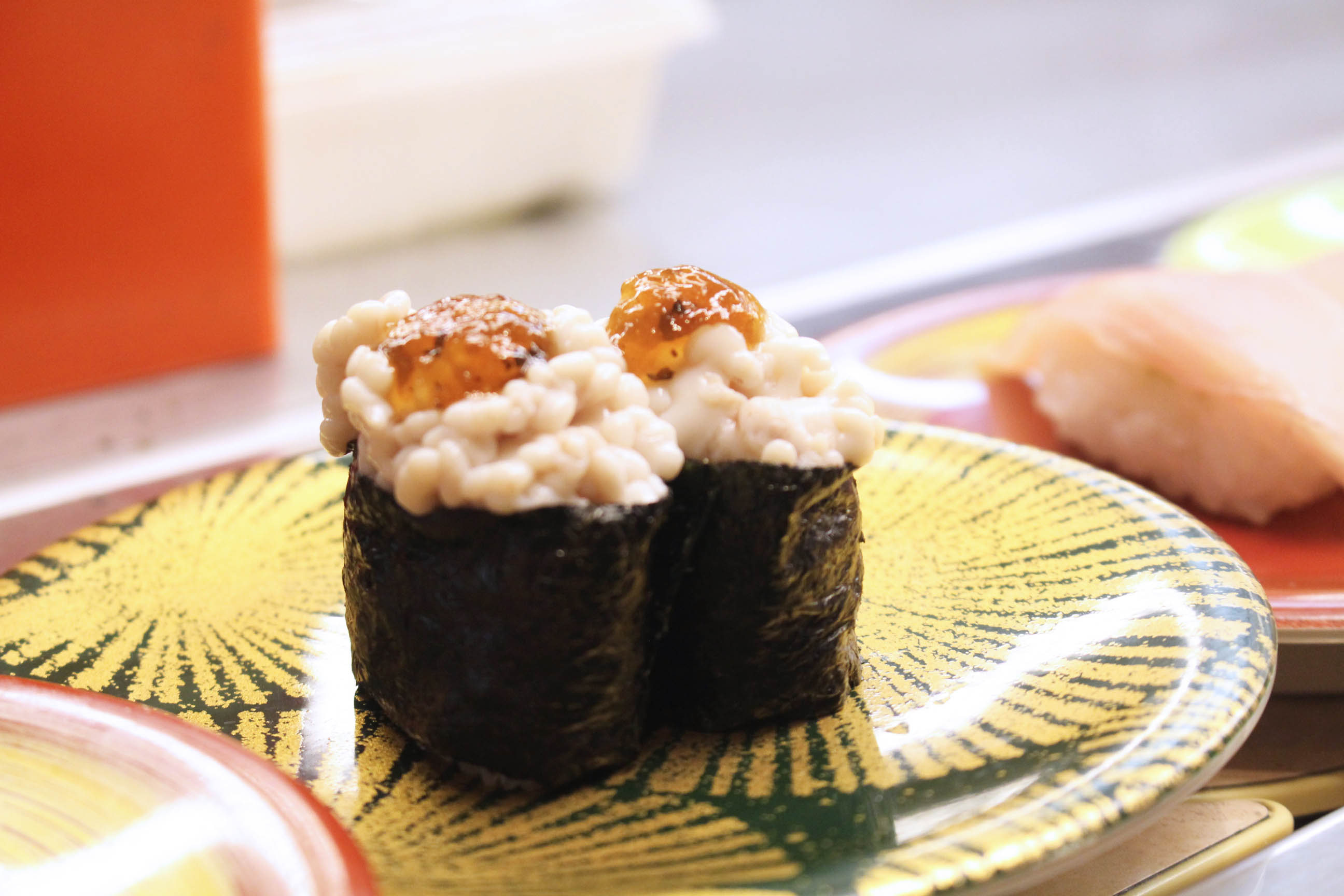
Salivate as you see plates after plates of sushi pass you by on the conveyor belt in a sushi joint in Japan.
Once you’re in Japan, you’ve got to try their conveyor belt sushi if you have the chance. While different cities and prefectures are known for disparate specialties, you can be sure that the sushi anywhere in Japan won’t be disappointing. Try eating alone in any sushi joint and I promise even those with a fear of eating alone in public will find the experience worthwhile – because the sushi is just that good.
15. Hida Beef in Gifu Prefecture

The long snaking queue for this Hida beef sushi was not in vain once we had a bite of these heavenly goodness.
Don’t even get me started on how delicious those seared Hida beef are. You have to try this Hida beef nigiri when you’re in Takayama, Gifu, because one of its signature delicacies is Hida beef. Hida beef is a particular type of beef that comes from cattle of the Japanese Black breed of wagyu beef, which has been fattened for over 14 months. Go with an empty stomach because it’s unlikely you would stop at just one.
Hida Kotte Ushi, 34 Kamisannomachi, Takayama, Gifu Prefecture, Japan 506-0846| Opens from 10am to 5pm daily
Planning Your Journey
The most convenient way to start your Central Japan trip is at Chubu Centrair International Airport, Nagoya. As the main aerial gateway to Nagoya in the Chubu region, this sophisticated airport has all that you need, alongside an exciting line-up of activities in the Events Plaza.
Given the route recommended by JR (more details can be found on its website), it is also ideal for tourists to fly home from Kansai International Airport.
Follow Asia 361 on Facebook and Instagram.
READ MORE:

